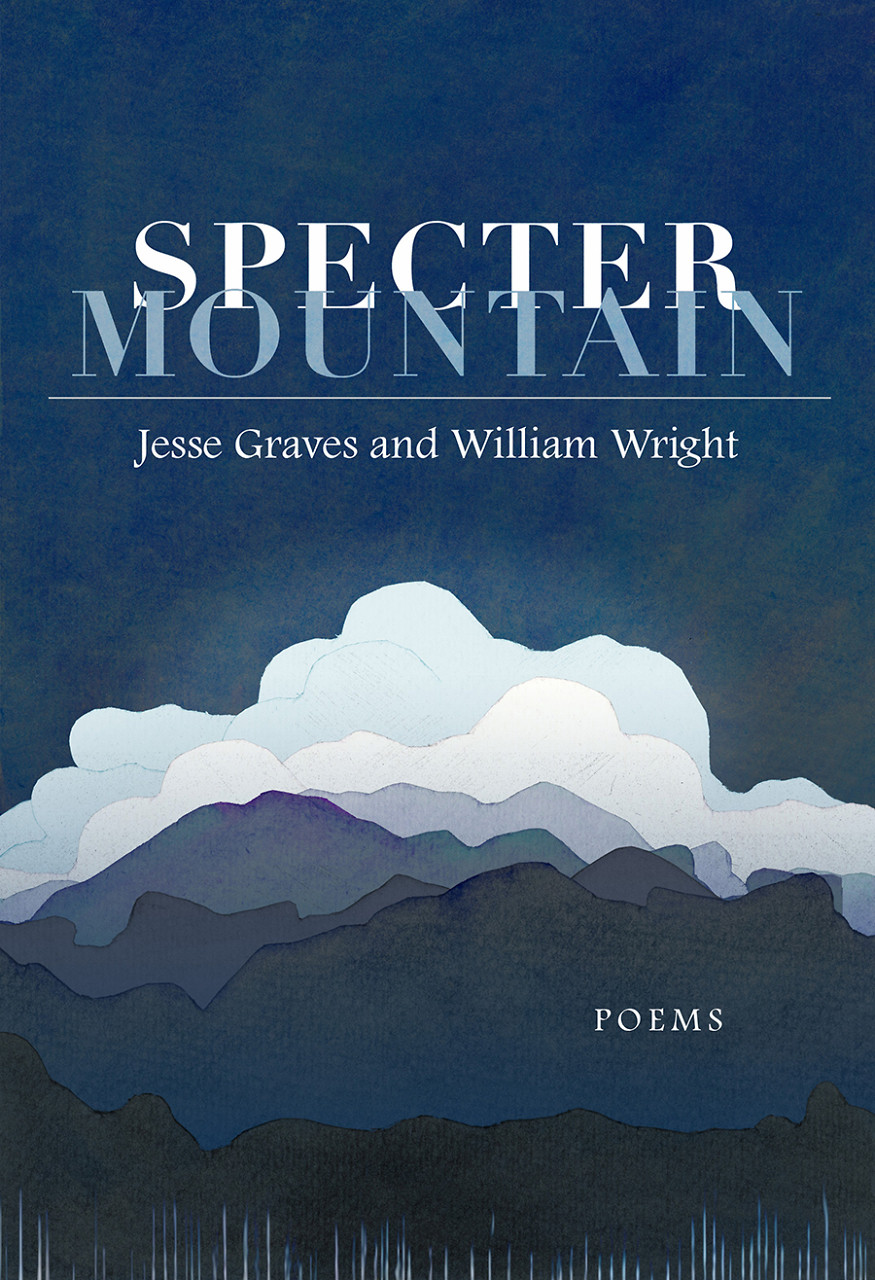Shaped by Nature
The island residents in Michael Parker’s new novel are as inescapably affected by ocean and sky as any sandbar or dune
Based loosely on historical figures, Michael Parker’s new novel, The Watery Part of the World, tells of the last three remaining residents of tiny Yaupon Island on the Outer Banks of North Carolina, where the people are shaped and worn by the fierce forces of nature. On Yaupon, Woodrow, a black man, and two white sisters, Maggie and Miss Whaley, exist in fragile symbiosis, shaped and bound together by the necessities of survival in an isolated, sometimes unforgiving place which none of them wants to leave.
The three are also deeply connected by tragic events in their past: years earlier, Maggie fell in love with a much younger man, Boyd, a newcomer to the island and an apprentice to Woodrow, the island’s best fisherman. The end of that affair leaves her wracked with grief, isolated in her pain. Some years later, Woodrow suffered his own great loss: his beloved wife Sarah died in a hurricane while he was off the island, a death Maggie’s sister—a spinster known to all by a formal title, Miss Whaley—could have prevented.
Intertwined with their story is that of the great-great-great grandmother of the two sisters. Theodosia Alston Burr, the daughter of Aaron Burr, is on the way to visit her father when pirates board her ship near the barrier island now known as Nag’s Head. The lead pirate, Daniels, pitches her off the ship, and an islander known as Old Whaley takes her in. Eventually the two marry and have children. But a harrowing, violent event in their early days together leaves Theodosia burdened by guilt. When, years later, Old Whaley disappears without a trace, she believes she is at least in part to blame.
 Parker’s evocations of the harsh truths and beauties of the Outer Banks in a time before tourist colonization and easily accessible creature comforts become a powerful refrain in this otherwise deeply interior novel, fully immersing the reader in the physical world of its characters. Once a cultured, sheltered society matron, Theodosia quickly becomes the sort of woman who can endure the harsh realities of life on the barrier islands: “Survival was predicated on things being the same: the sea yielding food and delivering materials adaptable to your daily needs, the wind steady enough to keep the bugs away but not strong enough to cause the destruction of which it was so easily capable.”
Parker’s evocations of the harsh truths and beauties of the Outer Banks in a time before tourist colonization and easily accessible creature comforts become a powerful refrain in this otherwise deeply interior novel, fully immersing the reader in the physical world of its characters. Once a cultured, sheltered society matron, Theodosia quickly becomes the sort of woman who can endure the harsh realities of life on the barrier islands: “Survival was predicated on things being the same: the sea yielding food and delivering materials adaptable to your daily needs, the wind steady enough to keep the bugs away but not strong enough to cause the destruction of which it was so easily capable.”
One hundred and fifty years or so later, life on Yaupon Island operates essentially according to the same delicate balance, the same dependence on nature’s good graces. For Maggie, Miss Whaley, and Woodrow, place is destiny. “How could anyone tell somebody else what it was to be over here?” Maggie wonders. “Her sister preferred to warrant her loneliness by laying it all on men, their fickle nature, their love of what’s between their legs, their laziness and general dishonesty, but Maggie knew that Whaley too did not so much choose her lot as submit to the wind, not whatever it blew her way, but the fact that it was going to blow.”
 The two sisters are a study in contrasts: freewheeling Maggie is known by the handful of other islanders (while there are still other islanders) for her late-afternoon nude swims and one-night stands, her skin and hair burnished and blown wild by the sun and wind. Miss Whaley is prissy and distant, ever-disapproving of Maggie’s indulgence in whim and passion. “The roles the two of them played were pathetic to Maggie mostly because they were predictable,” Parker writes. “Maggie longed for a little more originality, especially given the fact that they had a steady audience, that the whole island was a witness to their stale roles.” The sisters likewise have different reads on Woodrow. Maggie is a genuine friend to Woodrow, a more sensitive man of “brooding resolve” than her sister understands.
The two sisters are a study in contrasts: freewheeling Maggie is known by the handful of other islanders (while there are still other islanders) for her late-afternoon nude swims and one-night stands, her skin and hair burnished and blown wild by the sun and wind. Miss Whaley is prissy and distant, ever-disapproving of Maggie’s indulgence in whim and passion. “The roles the two of them played were pathetic to Maggie mostly because they were predictable,” Parker writes. “Maggie longed for a little more originality, especially given the fact that they had a steady audience, that the whole island was a witness to their stale roles.” The sisters likewise have different reads on Woodrow. Maggie is a genuine friend to Woodrow, a more sensitive man of “brooding resolve” than her sister understands.
Love of the island—or an inviolable fidelity to it—keeps all three moored there, and love is the only force strong enough to compel them to leave. But leaving, it seems, is not an option. In one of the book’s strongest passages, Maggie crosses the sound to look for her lover, Boyd, only to bring upon herself disaster and shame. She returns to her island more bereft than before but certain never to leave again of her free will.
The novel’s greatest strength is Parker’s careful crafting of language: his sentences demand to be taken in slowly and savored. He is lovingly attentive to the cadence and particulars of his characters’ speech. With such jewel-like prose, and the individual strengths of its four love stories, each heartbreaking in its own right, this novel can perhaps be forgiven if it doesn’t entirely cohere. This “flaw” may be simply one of scale: the story of three families, separated by more than 150 years, and the ties that bind them to one another and this windswept world, begs for a sweeping narrative, one allowed more space and time to unfold than the 260 pages Parker gives it. A slower pace might also have better suited the narrative’s non-linear structure and use of lengthy flashbacks. Nevertheless, The Watery Part of the World dazzles with its lyrical evocation of the Outer Banks and its careful, piercing exploration of its characters’ hearts. The sum of its parts is greater than its whole.
Michael Parker will discuss The Watery Part of the World at the 2011 Southern Festival of Books, held October 14-16 in Nashville. All events are free and open to the public.


